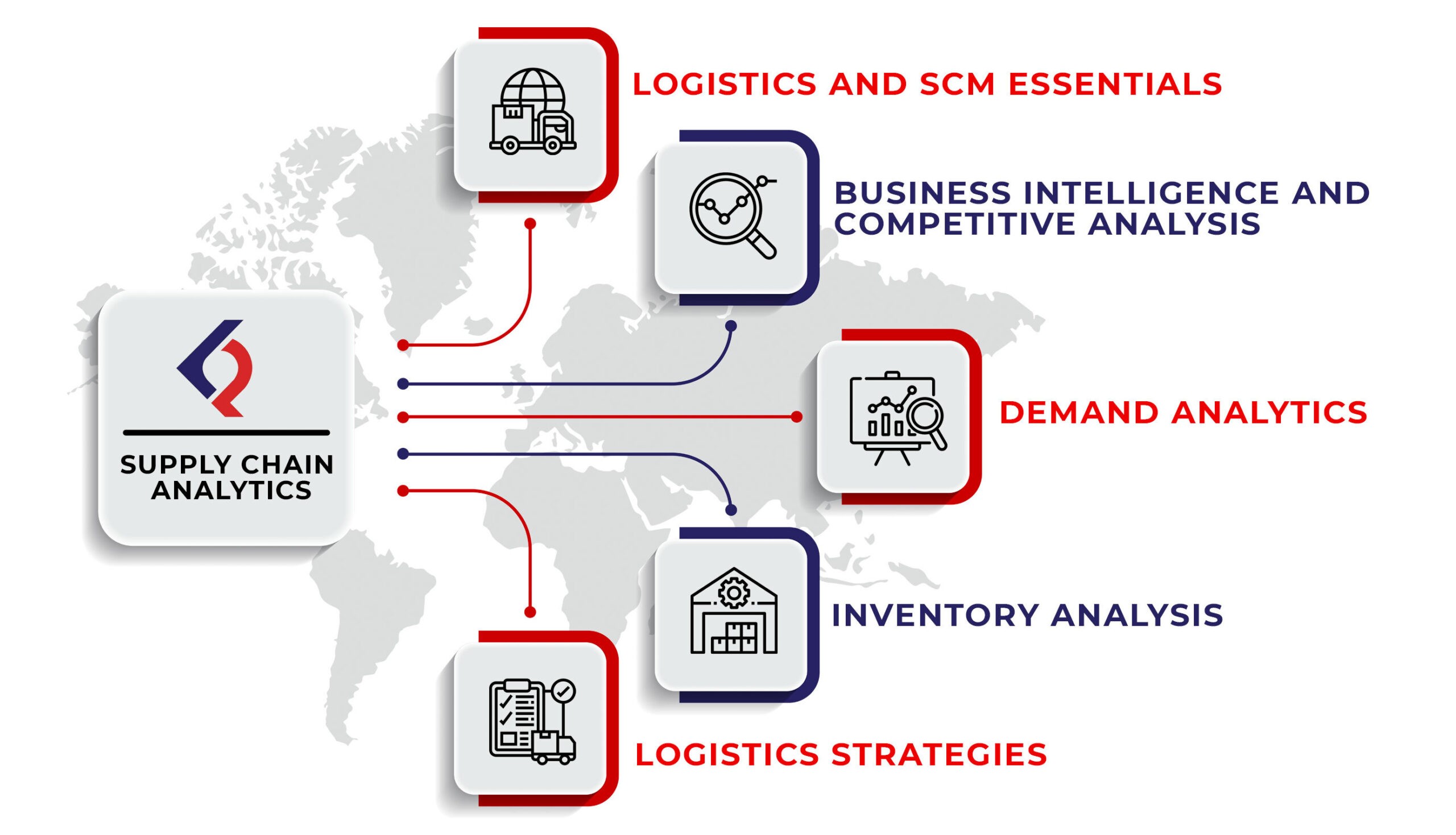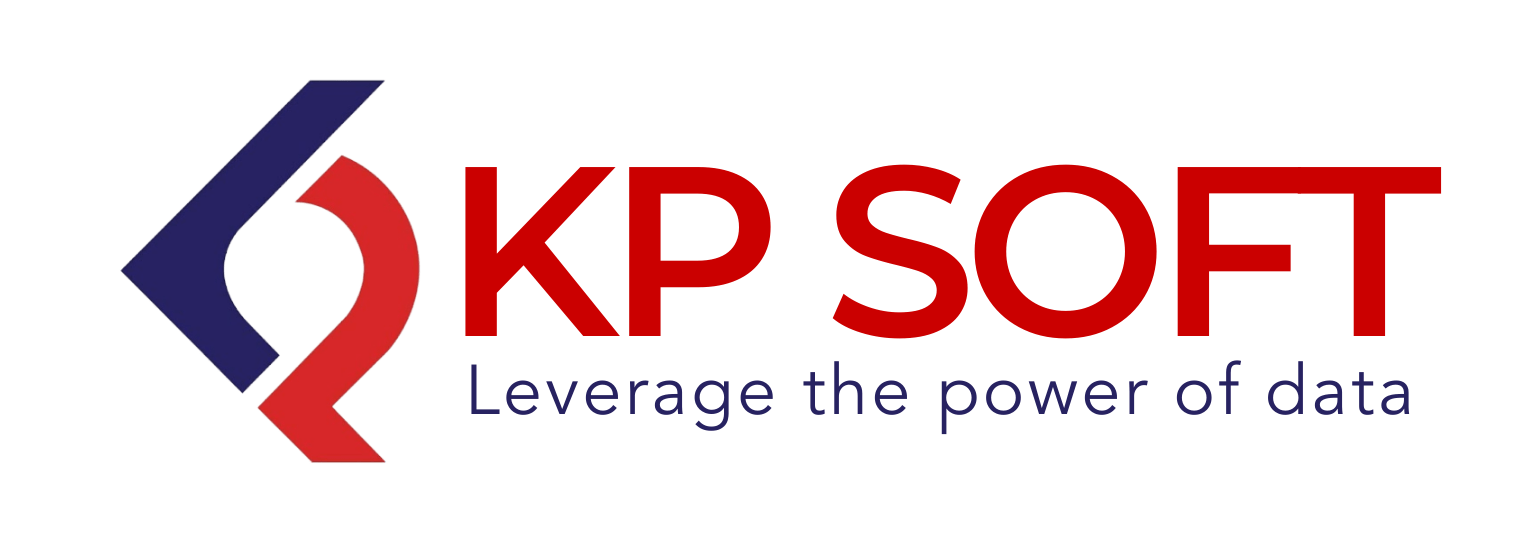
- January 19, 2022
- Prasad Kanigicherla
- 0
Covid-19 is disrupting the supply chain and logistics industry across the world.
Hence, a resilient supply chain is important. According to Gartner, around 23% of supply chain leaders want a digital ecosystem by 2025.
Around 38% of supply chain leaders are concerned that their supply chains are not well-positioned to manage the challenges of the next two years.
Are you ready?
Businesses across the world are opting for data analytics in their supply chain management and logistics to ensure the smooth flow of their work and maintain an organized system with better performance and provide fast services.
Here, you can learn more about data analytics and how it is beneficial for you.
What are supply chain analytics?
- Logistics and SCM Essentials: The logistic industry in the US is facing a lot of challenges. Rising US diesel fuel prices, inefficient business processes, poor customer service, driver shortage, federal regulations, and more are some of the spiking issues the sector is facing. Although these problems are multi-facade, analytics can give you more transparency and visibility, along with insights. Such transparency helps you make better and quick decisions.
- Business Intelligence and Competitive Analysis: You don’t know exactly where you are standing in the market? Well, many logistic companies struggle to understand their market position because of the lack of understanding their competitors. Analytics help you here to identify your business problems and discover new opportunities to flourish.
- Demand Analytics: Inability to identify customer demand affects the supply chain management process. Hence, data analytics help you predict the demand of the customers and find out the products-on-demands. Balance your inventory levels and customer’s needs by leveraging demand analytics.
- Inventory Analysis: Getting a transparent view of the inventory is difficult without data. Real-time dashboards help you detect and understand the key inventory issues. Once you understand the issues, use insights to resolve all the key issues.
Logistics Strategies: Data analytics help you design futuristic logistics strategies. When you leverage data analytics, cutting-edge technologies like AI and ML analyze the history data to find out trends. By analyzing such trends, the data analytics engine can predict sustainable logistics strategies.
How is data analytics changing the logistics industry and supply chain?
Many sectors and businesses are being transformed by data and analytics, and logistics is no different.
Logistics is an ideal use case for data because of its complicated and dynamic nature, as well as the supply chain’s complex complexity.
Both logistics and shipping companies benefit from it. Industry players may use the valuable insights gained via data leveraging to improve routing, expedite production processes, and give transparency throughout the supply chain.
Although the data that needs to be processed and maintained gets increasingly complex, adopting a data culture is worthwhile, since modern data analytics helps to consolidate an industry that has previously been fragmented.
The emergence and widespread use of big data changed the way businesses used to work with their analytics considerably. Companies can now predict slow and busy periods, as well as anticipated supply shortages in the future, and respond appropriately.
According to the study, data analytics is crucial to making educated decisions for 93 percent of shippers and 98 percent of third-party logistics providers. Big data, according to 71% of them, increases quality and performance.
Benefits of data analytics in logistics and supply chain:
- Performance management: By measuring any parameter along the supply chain, you can eliminate inefficiencies and ensure that operational standards are followed. Data insights are transformed into actionable results by performance managers, such as resource usage optimization or delivery route optimization.
- Order processing capabilities: The capacity to incorporate precise, efficient data into processes makes room for new orders to be included. As a result, more charges are carried, resulting in increased demand for supply chain services. Also a business’s performance improves, and the volume of data in logistics grows, exposing faults in existing systems.
- Route optimization: The most efficient routes and times for delivery are identified using real-time GPS data, weather data, road maintenance data, fleet, and people’s schedules combined into a system that looks at historical trends.
- Development of new business models and projects: New digital platforms will aid in the elimination of supply chain inefficiencies, resolving asset underutilization issues, demand-supply matching, and system and connectivity. Stakeholders can connect throughout the supply chain using solutions that improve operational clarity and communication between previously segregated systems.
- Digitalization of crucial operations: Pricing, routing, and partial load cargo consolidation are all improved using advanced analytics. In terms of the customer experience, the digital front end ensures a problem-free experience for customers while also enhancing internal operations by automating formerly manual operations. Internal business process automation will undoubtedly make labor-intensive logistical operations easier.
If you want to learn more about transportation and logistics, visit here.
Challenges of implementing data analytics in logistics and supply chain
The following are some of the most significant roadblocks for individual businesses:
- Visibility: Business logistics professionals may have vast amounts of data, but they lack the expertise to understand and analyze it since the graphic interface is not user-friendly.
- Volume: In small economies and regions like Latin America, the number of high volumes of data is still something that needs to be developed. Patterns are plentiful in an urban area or a metropolitan region, but they are scarce in rural areas when it comes to forecasting traffic. It’s easier to generate synergies and economies of scale using ample data information when working with third-party companies. Otherwise, individual in-house usage of big data is not cost-effective.
- Use: People may have access to data, but they don’t know how to drive it toward their intended outcomes, strategic goals, or day-to-day activities. In other words, managers have a plethora of data at their disposal but don’t know what to do with it.
How can KP Soft help you implement data analytics in logistics and supply chain management?

- Data Management: We assist you in managing and analyzing enterprise data so that you can make informed business decisions. With predictive analytics, our data management services assist you in analyzing data to generate new revenue streams.
- Intelligent Automation: Using Snowflake, Azure Synapse, and AWS data, we combine automation and AI to give you the best intelligent automation services. We are aware of your difficulties and have devised an enterprise-wide strategy for implementing intelligent automation to its full potential.
- Machine Learning: We will apply our tried and tested machine learning models and apply them to your datasets to solve your supply chain problems.
- Helpdesk: From small databases to huge scalable databases, we provide support for a variety of data management tasks. We also offer Tier I, II, and III helpdesk services, depending on your data requirements.
- Cloud Transformation: KP Soft’s engineering experience and skills in cloud transformation enable it to provide critical services such as migration, data integration, data analytics, and customer experience.
- Business Resilience: Leverage cloud, data, and analytics to strengthen your company’s resilience in the face of today’s unpredictable business circumstances. Monitor and troubleshoot issues quickly to keep your main company running. Businesses all across the globe function based on supply chain management. There is a need to smoothen up the process of logistics and supply chain with the help of technology. This is where the use of data analytics comes into play. To discover more, go to our website right now!
